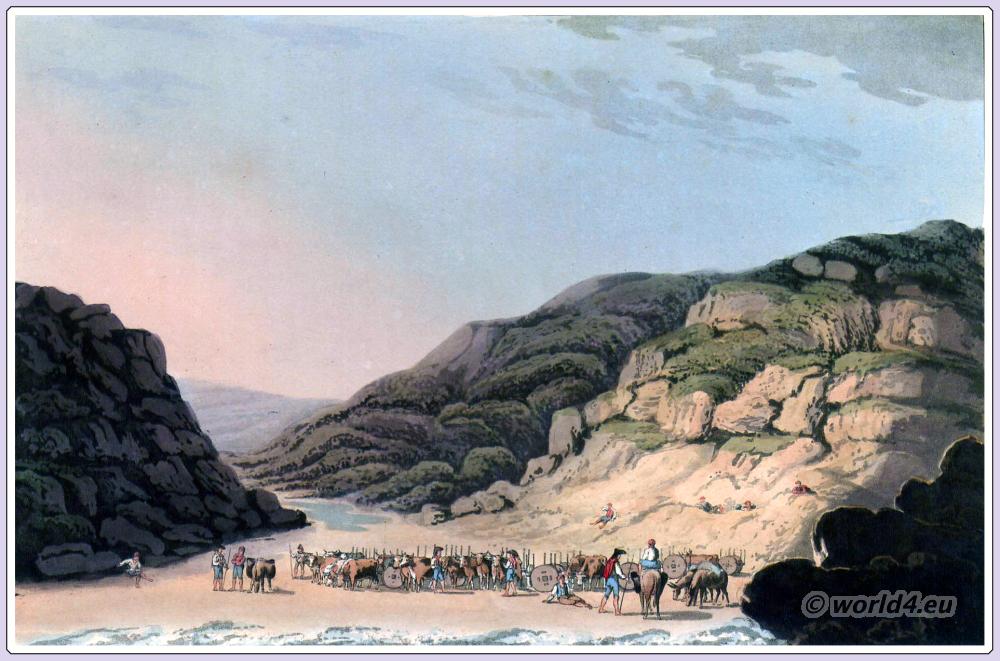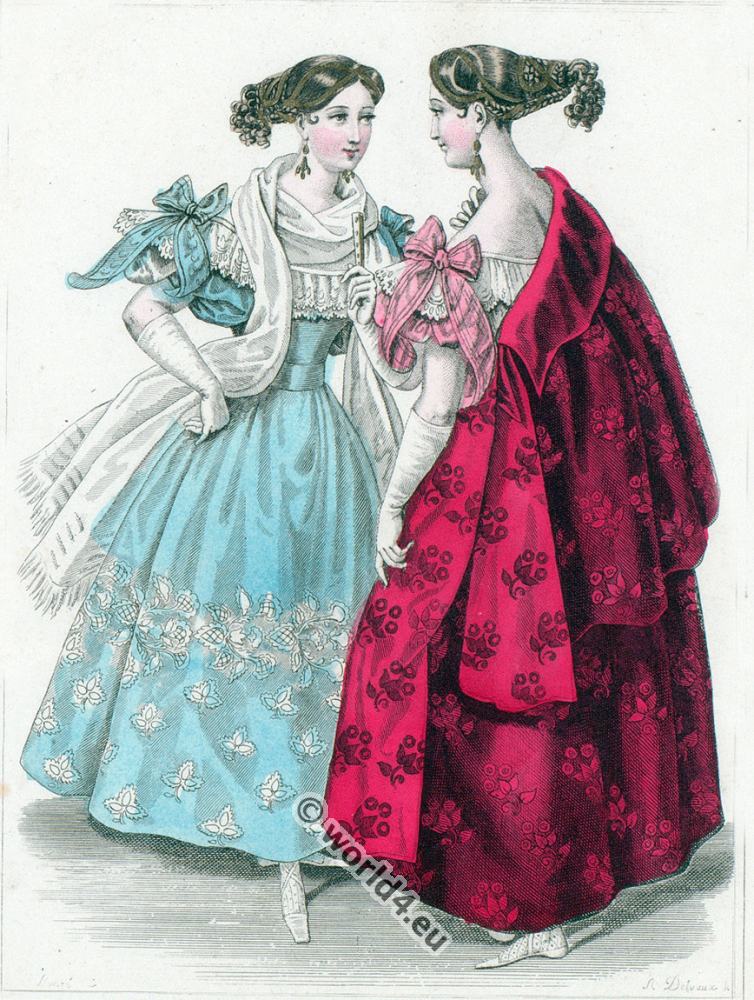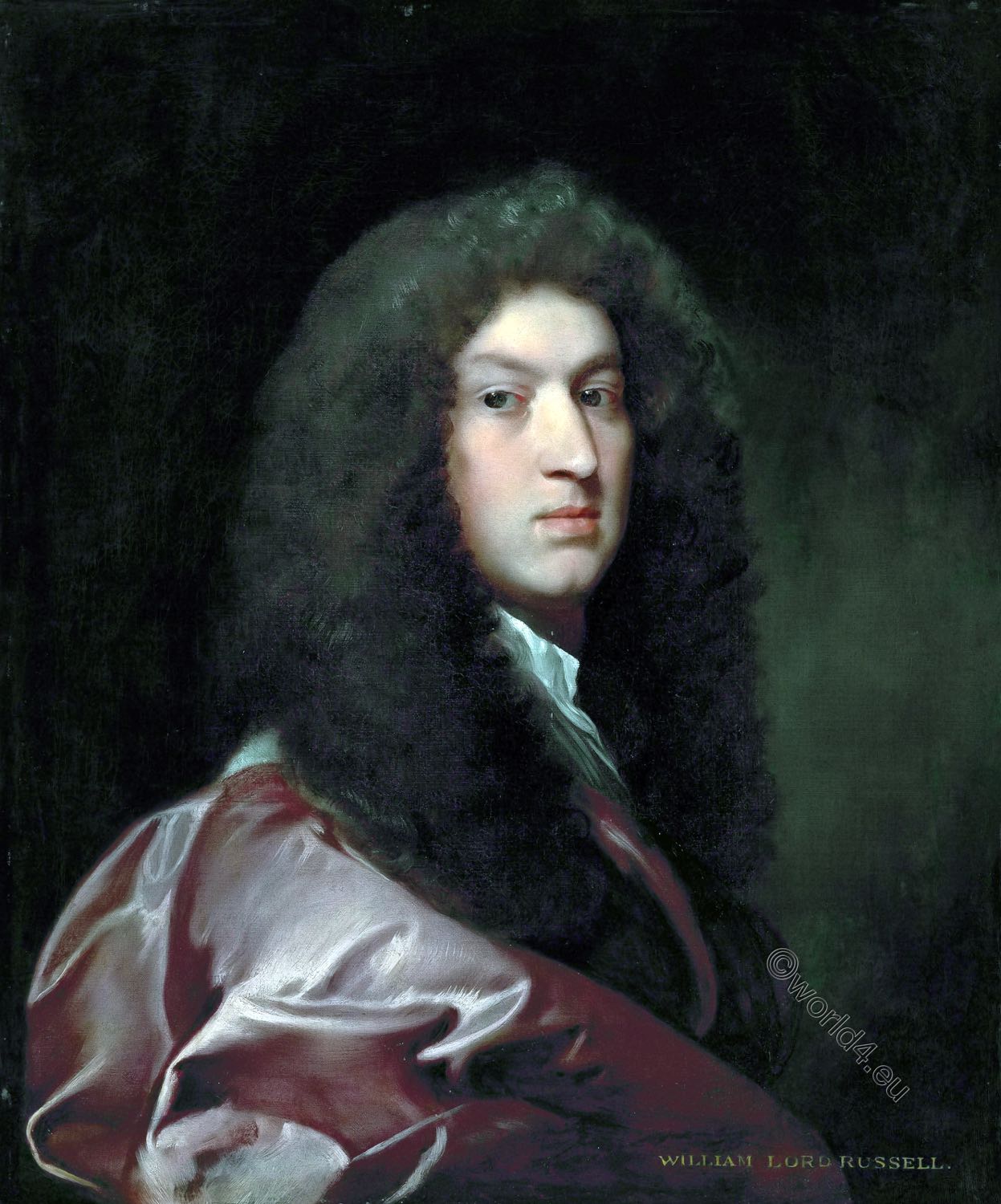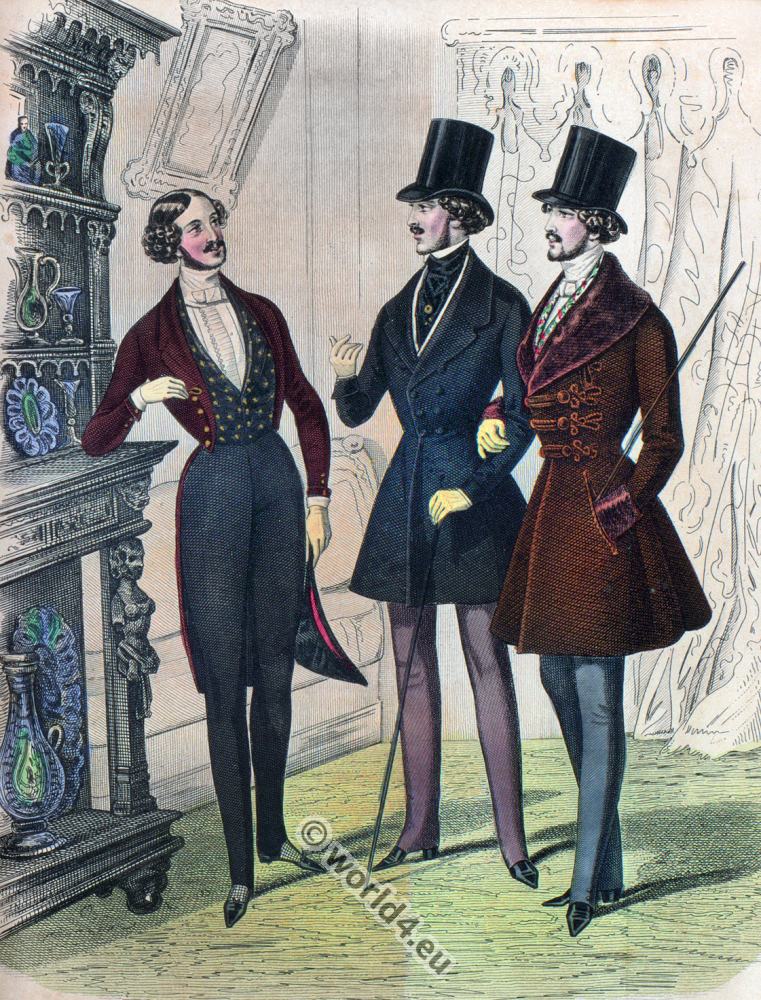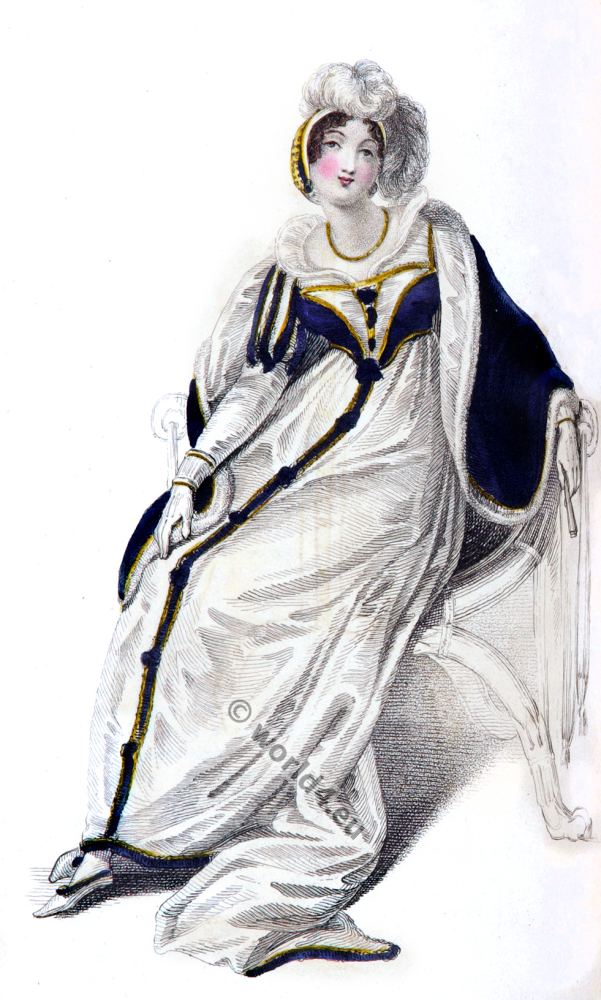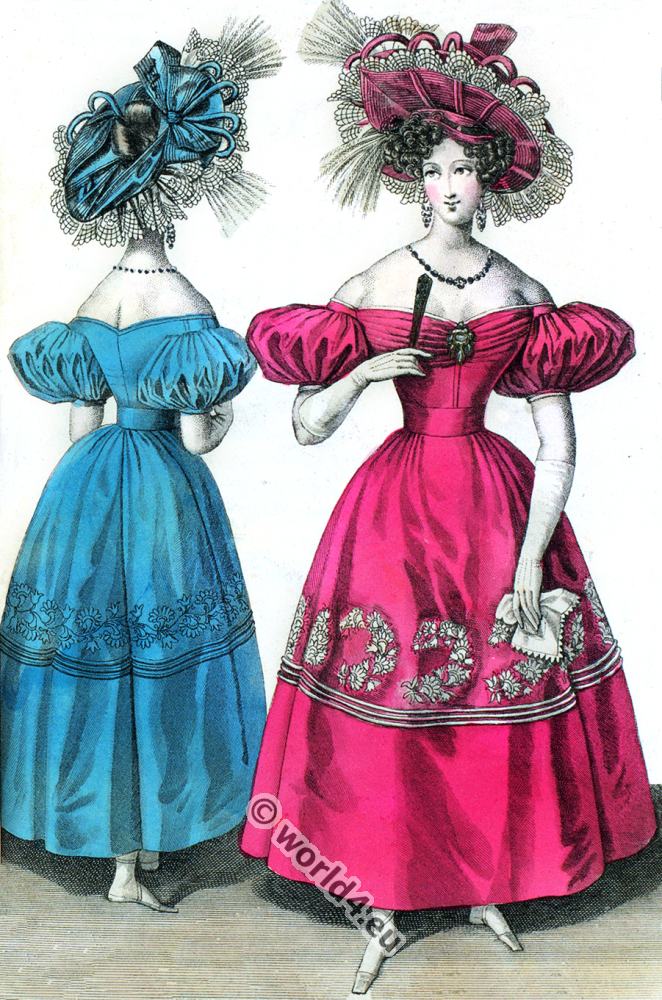Don Juan. Lord Byron’s Haidée.
English Romanticism, the black romance.
Lord Byron
Don Juan.
“Haidée,
The greatest heiress of the Eastern isles;
So very beautiful was she,
Her dowry was as nothing to her smiles:
Still in her teens, and like a lovely tree
So grew to womanhood.
* * * * * *
Round her she made an atmosphere of life,
The very air seemed lighter from her eyes,
They were so soft, and beautiful, and rife
With all we can imagine of the skies.”
Byron’s Don Juan.
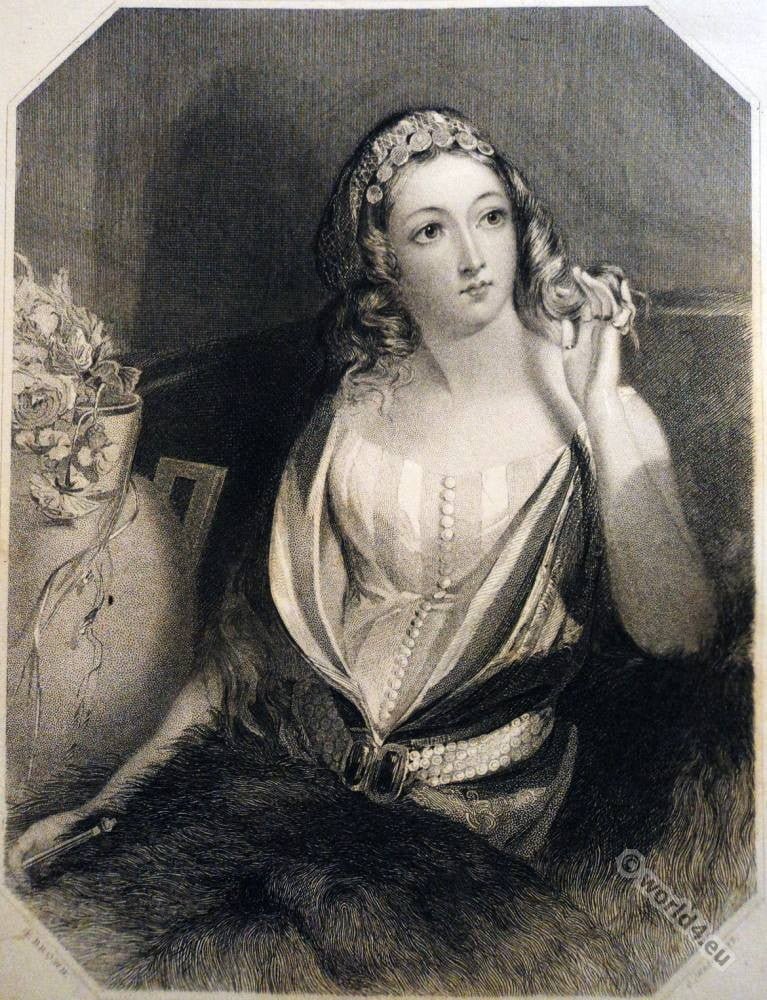
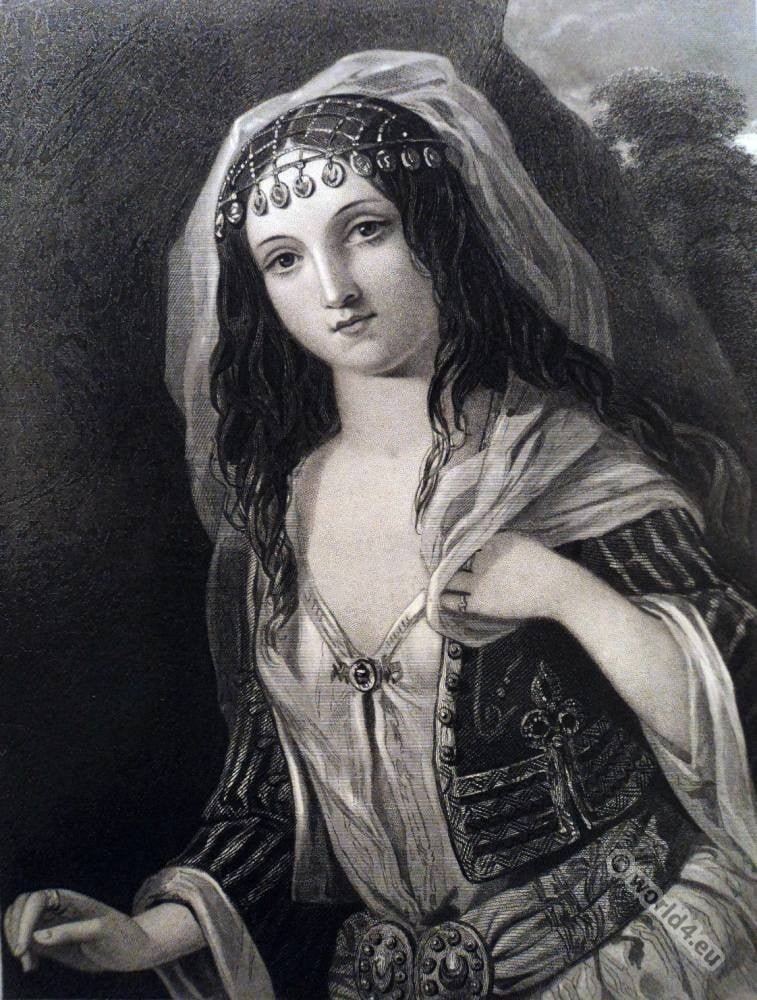
Source: Character sketches of romance, fiction and the drama by Rev. Ebenezer Cobham Brewer, 1892. A revised American edition of the readers handbook. Edited by Marion Harland.
Short about Lord Byron.
George Gordon Noel Byron, 6th Baron Byron (1788-1824), known as Lord Byron, was an English poet. He was the father of Ada Lovelace and is also known as an important participant in the freedom struggle of the Greeks. Ada Lovelace was a British mathematician. For a never finished mechanical computer, the analytical engine, she wrote the first program. For this reason, she is considered as the first computer programmer in the world, even before the first male counterparts. The Ada programming language and the Lovelace Medal was named after her.
Lord Byron works are associated with the English late Romanticism, the so-called black romance or romance negatives. Byron created with the protagonists of his literary works an archetypal figure: the “Byronic hero”. The “Byronic hero” is an outsider and a rebel, which did not concern about social change, but the satisfaction of personal needs.
A great influence exercised Lord Byron on the young Friedrich Nietzsche. He was in correspondence with Goethe, who gave him a posthumous monument with the figure of Euphorion in Faust II. Heinrich Heine dedicated a poem to Byron, Edgar Allan Poe portrayed him in his first narrative The appointment.
Related
Discover more from World4 Costume Culture History
Subscribe to get the latest posts sent to your email.


